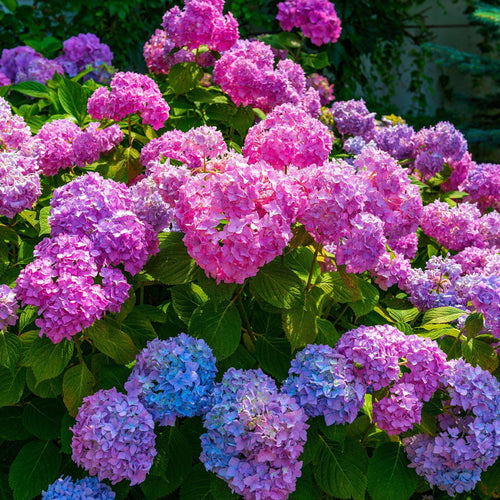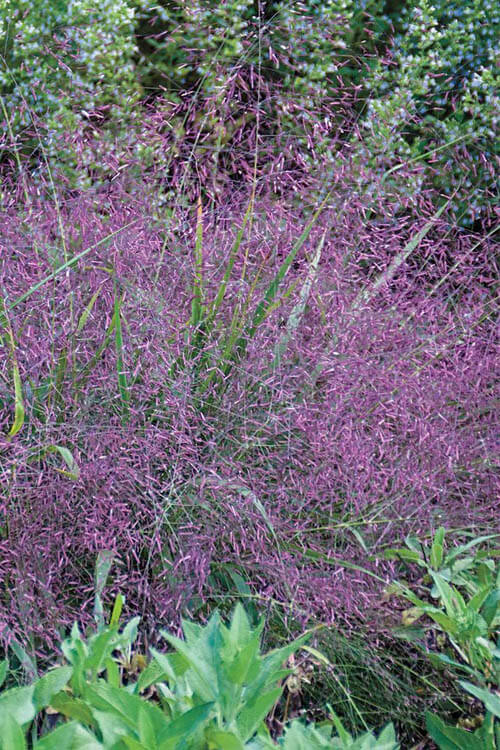The Secret to Successful Rose Gardening
Roses are often considered the queen of flowers, renowned for their beauty, fragrance, and symbolic significance. Whether you're a seasoned gardener or a novice, cultivating a healthy and vibrant rose garden can be rewarding. While there are various aspects to consider when caring for roses, pruning is one of the most critical factors in their success. Pruning enhances the overall appearance of your rose bushes and contributes to their health and longevity. This blog will introduce the secrets of successful rose gardening, focusing on pruning and the essential care tips to help you achieve stunning and flourishing rose bushes.

The Importance of Pruning In Your Rose Garden
Pruning is a fundamental practice in rose gardening that involves selectively cutting away specific branches, stems, or foliage from a rose bush. It serves several vital purposes that are instrumental in the well-being of your roses.
Encouraging New Growth: One of the primary reasons for pruning is to stimulate new growth. By removing old, dead, or diseased wood, you make room for fresh, vigorous shoots to emerge. These new shoots are essential for producing abundant blooms.
Enhancing Air Circulation: Proper pruning opens up the center of the rose bush, improving air circulation. This reduces the chance of fungal diseases, such as powdery mildew and black spots, which can devastate rose plants if left unchecked.
Shaping and Aesthetics: Pruning allows you to shape your rose bushes according to your desired aesthetic. You can create a neat, compact bush or encourage a more sprawling and natural form, depending on your preference.
Removing Diseased and Dead Wood: Dead or diseased wood can carry pests and diseases extending to the plant's healthy parts. Pruning helps eliminate these problem areas, preventing further damage.
Increasing Flower Production: Pruning encourages the production of more flowers by directing the plant's energy towards developing new buds rather than maintaining old ones. This results in a more bountiful display of blooms.
When to Prune Roses
Pruning should be timed carefully to ensure the best results. The timing varies depending on the type of rose and your climate, but there are some general guidelines to follow.
Spring Pruning: In most regions, the ideal time to perform significant pruning of roses is winter to spring, just before the latest growth begins. This dormant-season pruning helps rejuvenate the plant and promotes vigorous spring growth.
Deadheading: The practice of removing spent blooms can be done throughout the growing season to encourage continuous flower production. Cut the spent flower down to a set of healthy leaves or a bud facing outward.
Light Pruning: Light pruning, which involves disposing of dead or diseased wood, can be done as needed throughout the year. If you spot any issues during the growing season, address them promptly to prevent further problems.
Fall Pruning: Some regions with mild winters may benefit from light fall pruning to tidy up the bushes and remove diseased foliage. However, avoid heavy pruning in the fall, as it can stimulate new growth that may be vulnerable to winter frost.
How to Prune Your Rose Garden

Pruning roses may seem intimidating to beginners, but it becomes more manageable with practice and the proper techniques. Here's a step-by-step guide to pruning your roses effectively:
Step 1: Gather the Right Tools Before you begin, make sure you have the necessary tools on hand. These typically include sharp pruning shears, long-handled loppers for thicker canes, and sturdy gloves to protect your hands from thorns.
Step 2: Assess the Bush Look closely at your rose bush and identify the areas that need attention. Look for dead or diseased canes, weak or crossing branches, and any growth emerging below the graft point (if your roses are grafted).
Step 3: Remove Dead and Diseased Canes Start by cutting out any dead or diseased canes. These canes are usually discolored, withered, or damaged. Make clean cuts at a 45-degree angle above a healthy bud or cane. Dispose of the removed bats away from the garden to prevent the spread of disease.
Step 4: Thin Out Overcrowded Growth If your rose bush is dense with overlapping branches, it's essential to thin it out. Identify the oldest, weakest, or crossing canes and remove them at their base. Aim to create an open, airy center for the bush.
Step 5: Shape the Bush Once you've removed the dead, diseased, and overcrowded canes, shape the bush according to your desired form. Typically, you want an open vase shape, with the bush's center slightly hollowed out to improve air circulation.
Step 6: Cut Back Long Canes For hybrid tea and floribunda roses, cut back the remaining canes to a height of 12 to 18 inches from the ground. For shrubs and climbing roses, prune as needed to maintain the desired size and shape.
Step 7: Seal Pruning Wounds (Optional) Some gardeners choose to seal the pruning cuts with a pruning sealer or white glue to prevent disease entry. While this step is optional, it can provide added protection in regions prone to rare diseases.
Step 8: Clean Up Dispose of all pruned material and debris away from the garden to prevent the spread of pests and diseases. Wash your instruments and store them appropriately for future use.

Additional Rose Garden Care Tips
While pruning is a crucial aspect of rose care, several other factors must be considered to ensure your roses thrive.
Watering: Roses need consistent moisture, especially during the growing season. Water significantly at the base of the plant to promote profound root growth and dodge overhead watering to decrease the risk of fungal diseases.
Fertilizing: Roses benefit from regular feeding. Use a balanced rose fertilizer or a formula formulated explicitly for blooming plants. Follow the package instructions for application rates.
Disease Prevention: Watch for signs of common rose diseases like black spots and powdery mildew. If detected, treat with appropriate fungicides or take preventive measures such as spacing plants for better air circulation.
Pest Control: Be vigilant about pests like aphids, thrips, and Japanese beetles. Use insecticidal soaps to control infestations, and consider companion planting with pest-repelling herbs and flowers.
Winter Protection: In regions with harsh winters, protect your roses from freezing temperatures by mulching around the base and wrapping the canes with burlap or other insulating materials.
Regular Pruning Maintenance: After the initial spring pruning, continue to deadhead spent blooms throughout the growing season to encourage continuous flowering.
Support for Climbing Roses: If you're growing climbing roses, provide sturdy structures like trellises or arbors to help them reach their full potential.
Successful rose gardening is a rewarding pursuit that requires commitment, tolerance, and a willingness to learn. Pruning is a vital aspect of rose care, as it not only enhances the aesthetic appeal of your garden but also promotes the health and vitality of your roses. By pursuing the approaches outlined in this blog and incorporating essential care tips, you can unlock the secret to successful rose gardening and enjoy a garden filled with vibrant, fragrant, and beautifully blooming roses year after year. Remember that each rose variety may have specific care requirements, so it's essential to research and tailor your practice to the particular needs of your roses for the best results. With time and experience, you'll become a skilled rose gardener, and your garden will flourish as a testament to your dedication and passion for these magnificent flowers.



















































